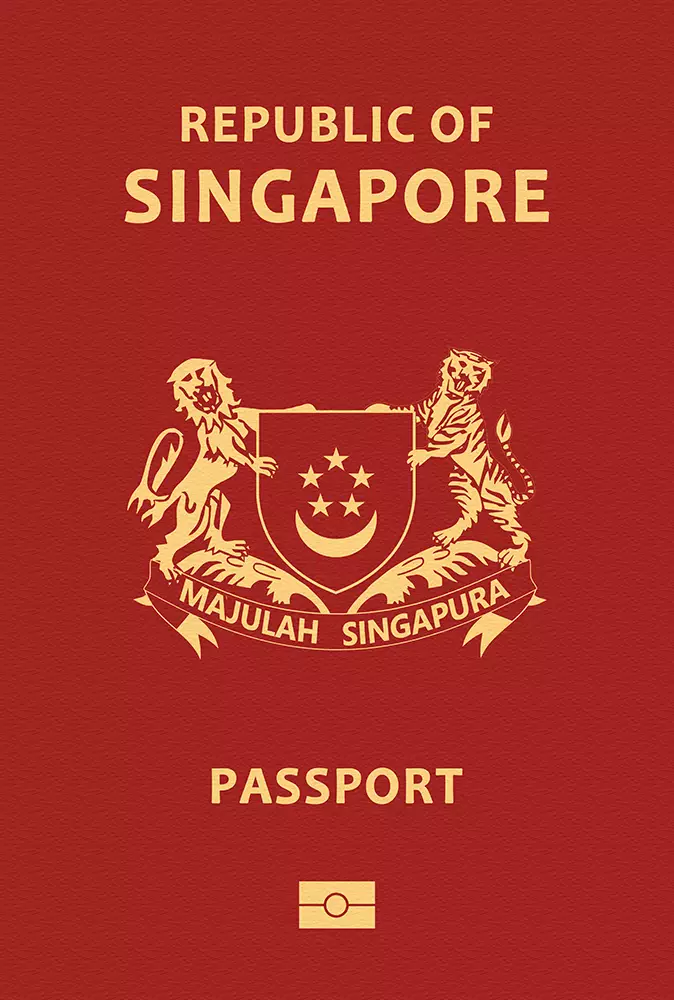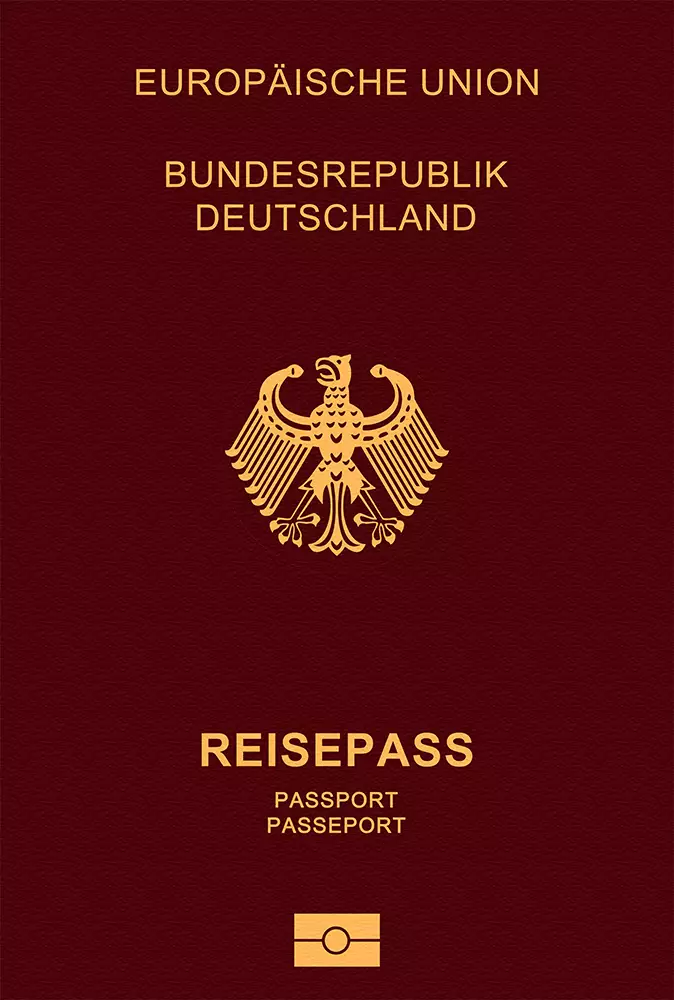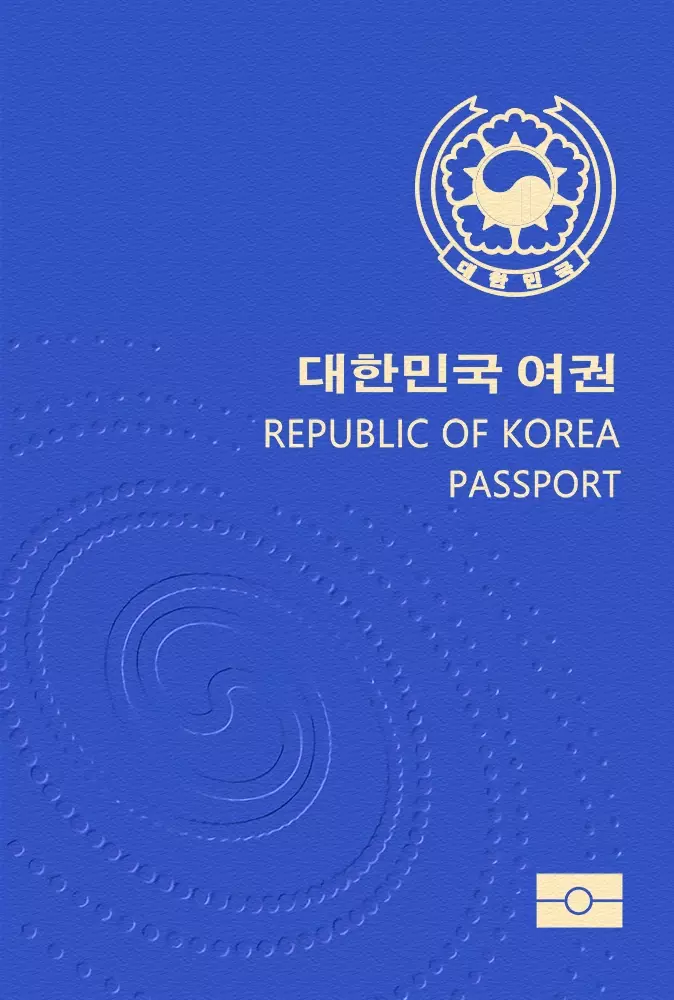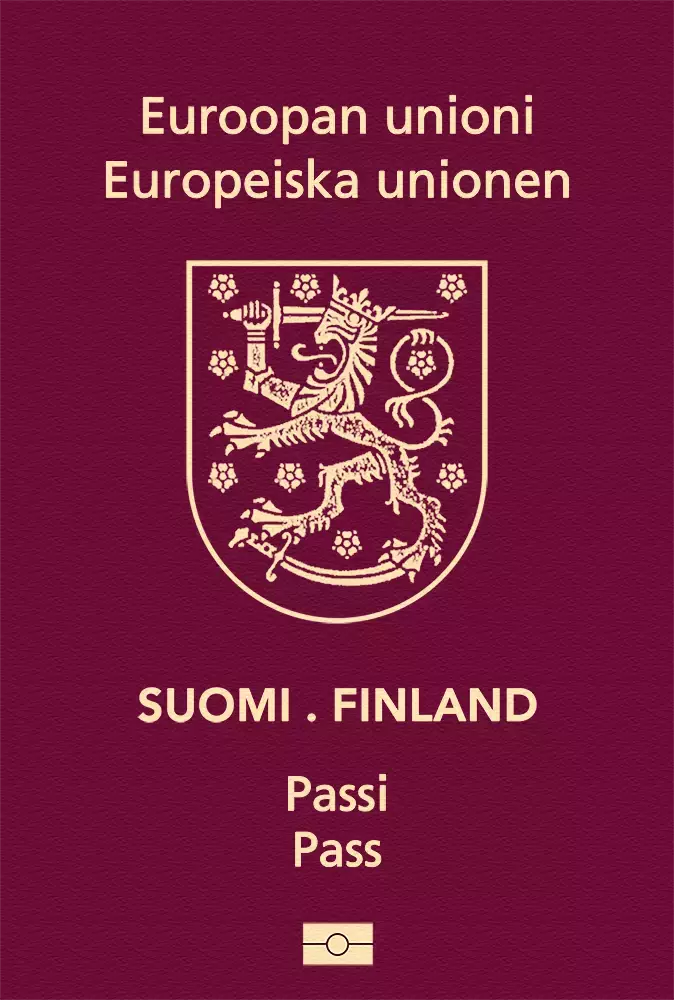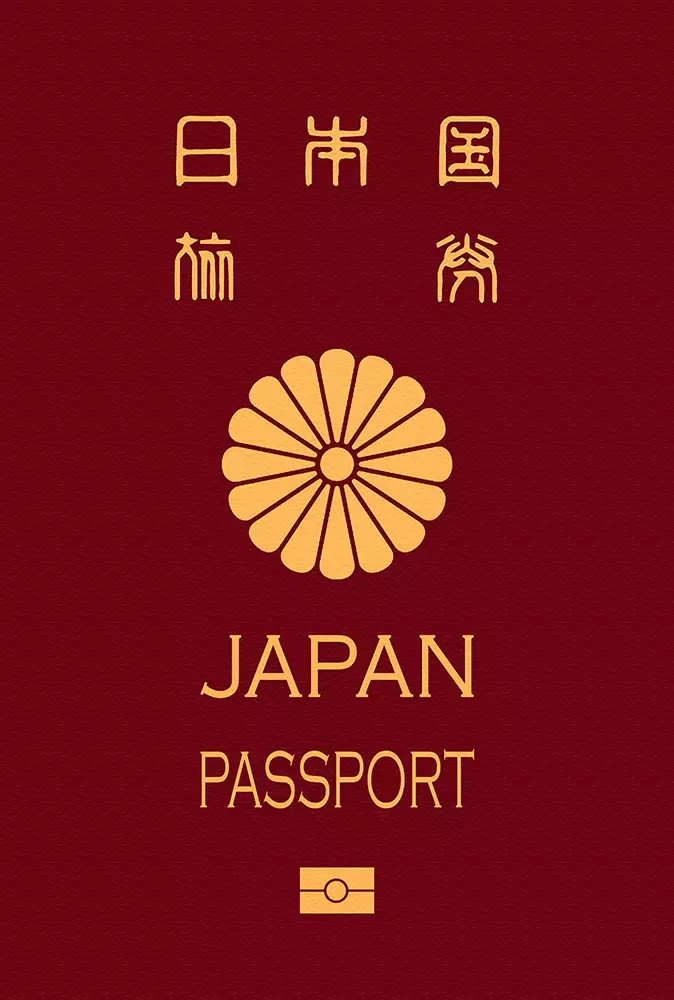The Republic of Slovenia is a member of the European Union and is divided into 12 regions. The three most significant regions are Savinja, Drava, and Central Slovenia. The country is bordered by Croatia, Hungary, Austria, and Italy and is situated in South Central Europe. Slovenia, with a land size of 20,271 square kilometers, is the 39th largest nation in Europe. On the coast, the climate is Mediterranean, but in the plateaus and valleys, it is continental. Alpine mountains, plateaus, valleys, and a coastline region make up the topography. With a population of about 2.1 million, it ranks 38th among EU member states in terms of population. With over 295,504 residents, the capital and most populous city of the nation is Ljubljana.Maribor and Celje are two other significant cities. Ljubljana Joze Pucnik Airport (LJU), which handles 1.7 million passengers a year, is the biggest airport. The airport bears the name of renowned politician for Slovenian independence, Joze Pucnik. It includes both internal and international travel links that link Slovenia and Europe. The cultures of Austria, Croatia, and Hungary, Slovenia's neighbors, have impacted Slovenian culture. Roman Catholicism is practiced by the great majority of people. Hungarian, Italian, and Slovenian are the official languages. The civil law is the foundation of the legal system. There is a parliamentary republican system of governance. Elected President Borut Pahor is the head of state, while elected Prime Minister Janez Jansa is the head of government.The Euro (EUR), which is the official currency of the nation, is currently worth 0.94 USD. This open economy places the nation on the thirty-second spot in Europe with a GDP of about $83 billion. The per capita income of its people is $40,343. The two main industries that comprise the majority of the GDP are industry and services. Lead, electronics, wheat, corn, hops, and metals are a few of the most significant export commodities. Slovenia has a wide range of historic tourist locations, both natural and urban. Its historic cities and distinctive culture draw travelers. Throughout the nation, there are four UNESCO World Heritage Sites. The capital city of Ljubljana, Lake Bled, Triglav National Park, Postojna, Piran, and Ptuj are a few of the primary locations. An estimated 4.7 million tourists visit the nation each year, the bulk of which are from Europe and the surrounding nations.







































































































































































































































